According to Chairman of the Economic Committee Vu Hong Thanh, warnings about power shortages were issued several years ago, before the Covid-19 pandemic.
Sharing on the sidelines of the National Assembly, Mr. Vu Hong Thanh, Chairman of the Economic Committee, said that in the inspection reports of this agency, the "addresses" of delays in power source projects invested by EVN, PVN and TKV corporations were clearly identified.
"Power shortages may occur more frequently if economic growth recovers to 6-7% as before," he said.
Mr. Vu Hong Thanh added that when the National Assembly summarized Resolution 31 on stopping investment in two nuclear power plants in Ninh Thuan, the Economic Committee recommended reconsidering the investment policy in this field. Because the recent development of power sources, especially renewable energy (wind power, solar power) has affected the supply and power grid.
According to him, renewable energy sources can only "be developed to a certain extent, accounting for a certain proportion of total investment, and cannot be developed massively."
"Renewable energy develops a lot in areas without load, it must be transmitted far away, to do that there must be a clear planning, plan, and investment strategy. If the investment is not synchronized with transmission, it will not work," Mr. Thanh stated his opinion.
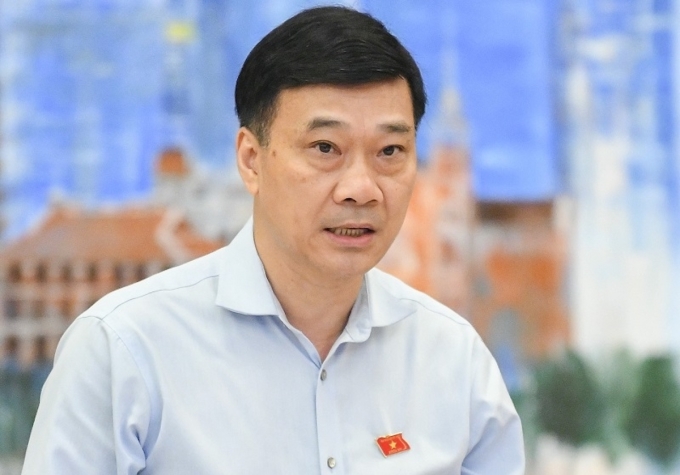
Chairman of the Economic Committee Vu Hong Thanh. Photo: Hoang Phong
This is also acknowledged by the Government when assessing the development of power sources in the adjusted Plan VII. Accordingly, the total installed capacity of power sources in 2019 was 56,000 MW, increasing to 69,300 MW in 2020 thanks to the development of solar power (including rooftop solar power).
Currently, the North is behind schedule by more than 3,000 MW of thermal power, the South is over 3,600 MW but exceeds the solar power by nearly 14,000 MW. Meanwhile, renewable energy is a variable power source, dependent on the weather, so the amount of electricity is 1/3 lower than traditional power sources, such as coal power.
The uneven distribution of electricity sources, when concentrating too many renewable energy sources (wind power, solar power) in the Central region - where electricity demand is low, and the South also causes an imbalance in regional supply and demand, creating pressure on the transmission grid, causing local congestion, forcing renewable energy generation to be reduced at some points.
This is also the reason why renewable energy sources operate a lot, accounting for nearly 27% of the installed capacity of the entire power system by the end of 2022 and supplying about 15% of mobilized sources, but electricity in the North is still lacking.
On the other hand, some thermal power projects in the North and South are behind schedule, causing the risk of power shortages and difficulties in operation due to lack of backup power capacity, especially in the North by 2025.
Ms. Do Thi Lan, Vice Chairwoman of the Social Affairs Committee, suggested that the Government conduct a comprehensive assessment of the implementation of the strategic plan for electricity supply and demand for production and socio-economic development. "The Government needs to have specific solutions to overcome the power shortage. Even with climate change or other unusual and extreme situations, there must be solutions to respond," she said.
In the context of implementing the approved Power Plan VIII, Mr. Vu Hong Thanh said that there will be many problems arising in developing power sources and grids to ensure electricity supply for socio-economic development, reducing net emissions to zero as committed at the COP 26 Conference.
For example, hydropower has no room for development, and coal power also needs to be gradually reduced. Therefore, dealing with coal power is also a matter of consideration. "Resolution 55 and the COP 26 commitments are already in place, now we need a specific plan and financial resources to implement them," he said.
Since the beginning of June, people in Hanoi and other northern provinces have been experiencing frequent power outages. The average electricity consumption nationwide reached nearly 820 million kWh per day in May, an increase of more than 20% compared to April. In Hanoi alone, the average electricity consumption in May was more than 75.4 million kWh, an increase of 22.5% compared to April. By June 8, the average consumption reached more than 85.6 million kWh.
Hydropower - one of the two main sources of electricity supplying Hanoi is decreasing in mobilization due to drought and dry reservoirs. According to the Ministry of Industry and Trade, there are currently 11 hydropower plants that have had to stop generating electricity, of which 5 plants in the North have had to stop: Son La, Lai Chau, Huoi Quang, Thac Ba, Tuyen Quang. This is the reason for the power shortage in the North of about 5,000 MW.
The Ministry of Industry and Trade said that the North will lack 30.9 - 50.8 million kWh per day, and there is a risk of power shortages at most hours of the day. The National Center for Hydro-Meteorological Forecasting predicts that hydroelectric reservoirs will still be "thirsty" for water in the next 10 days when the water flow to the reservoirs is very low.
Source link






























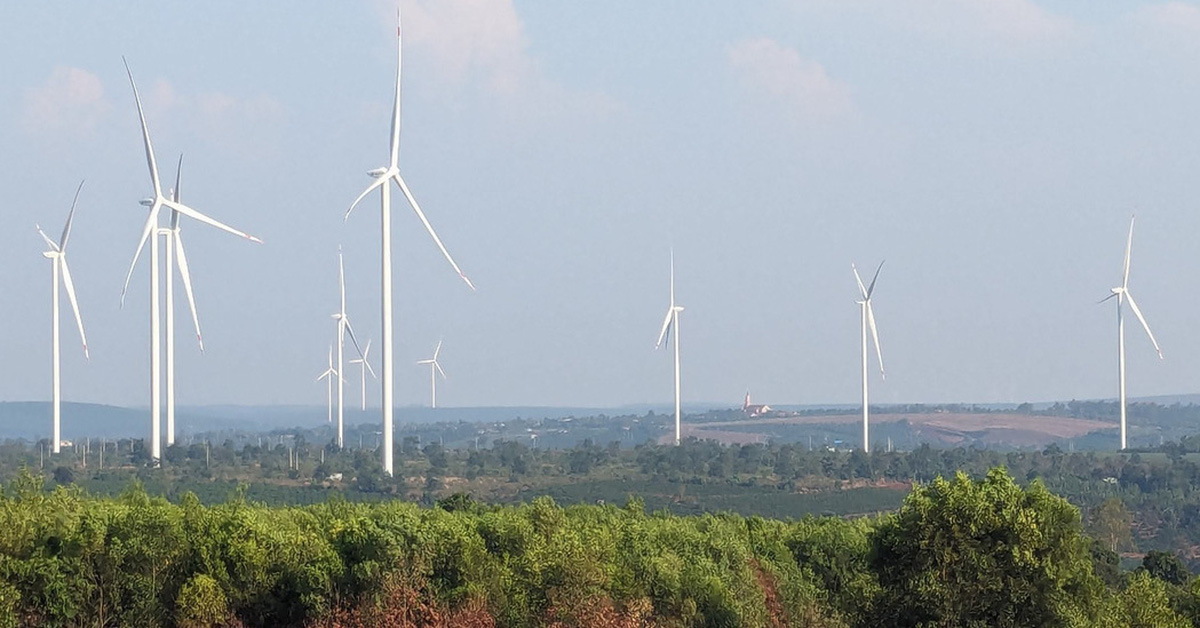


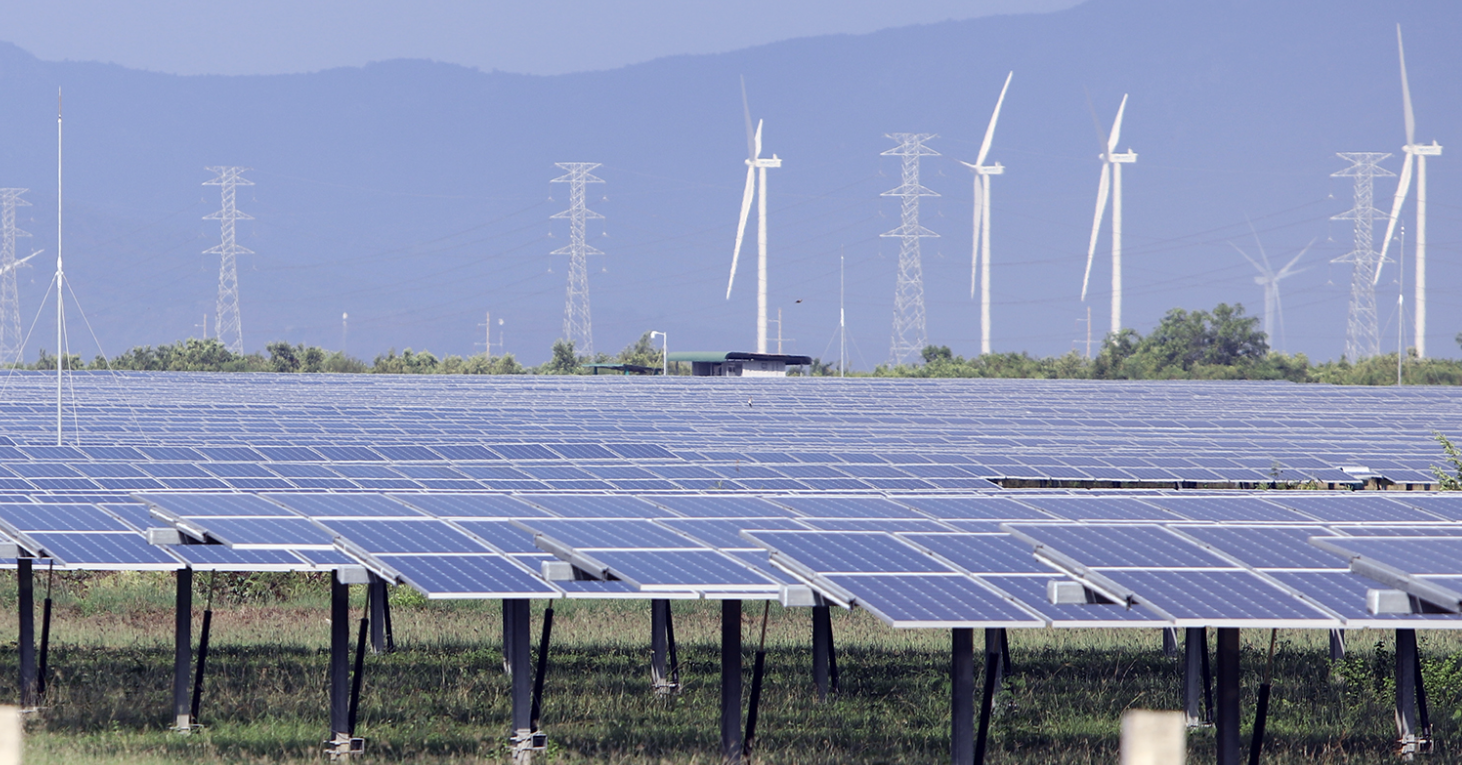



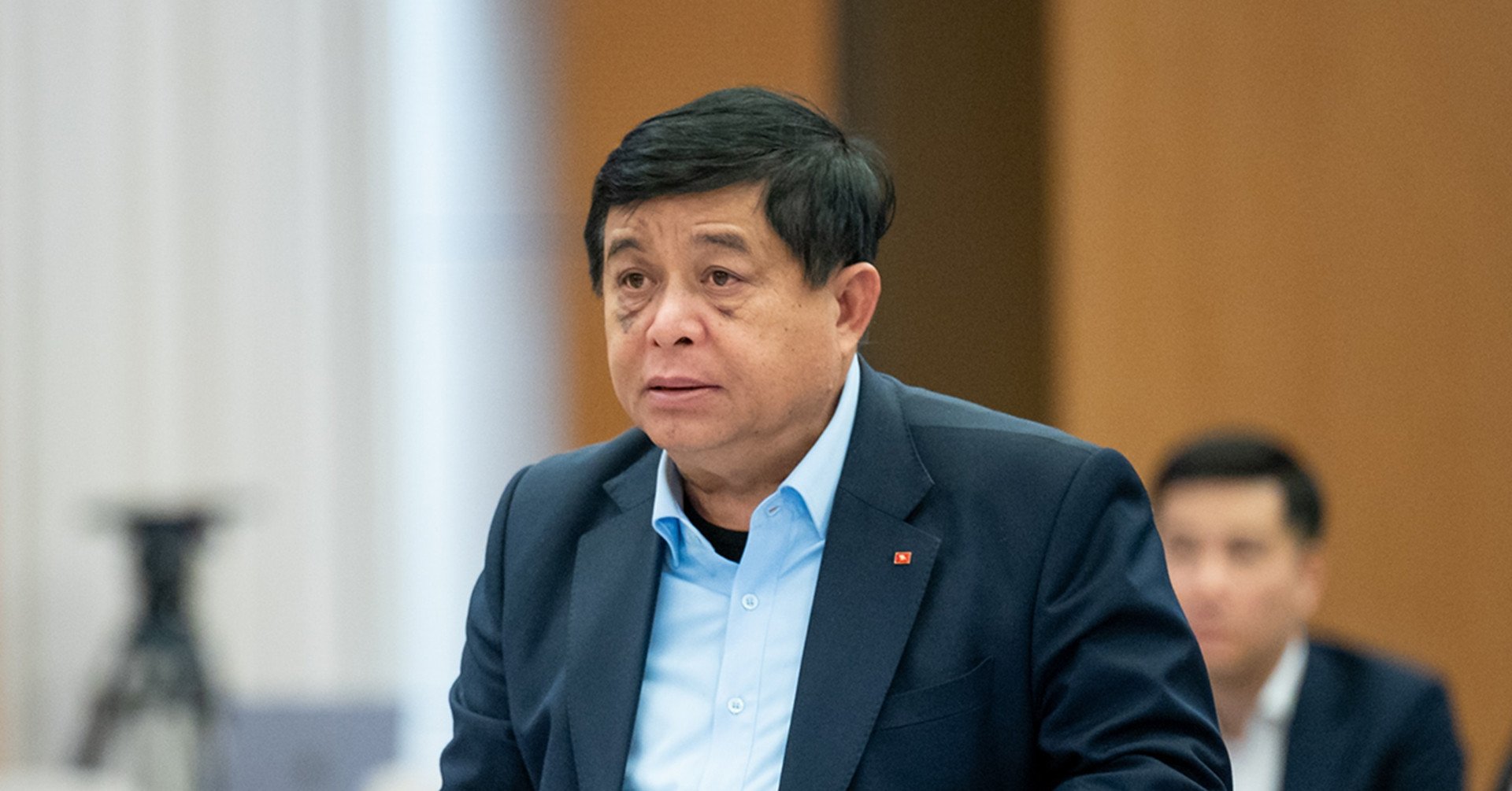




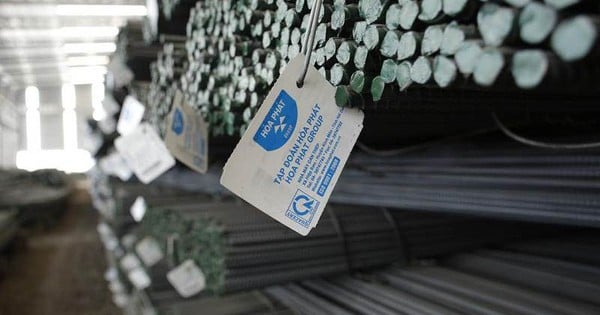


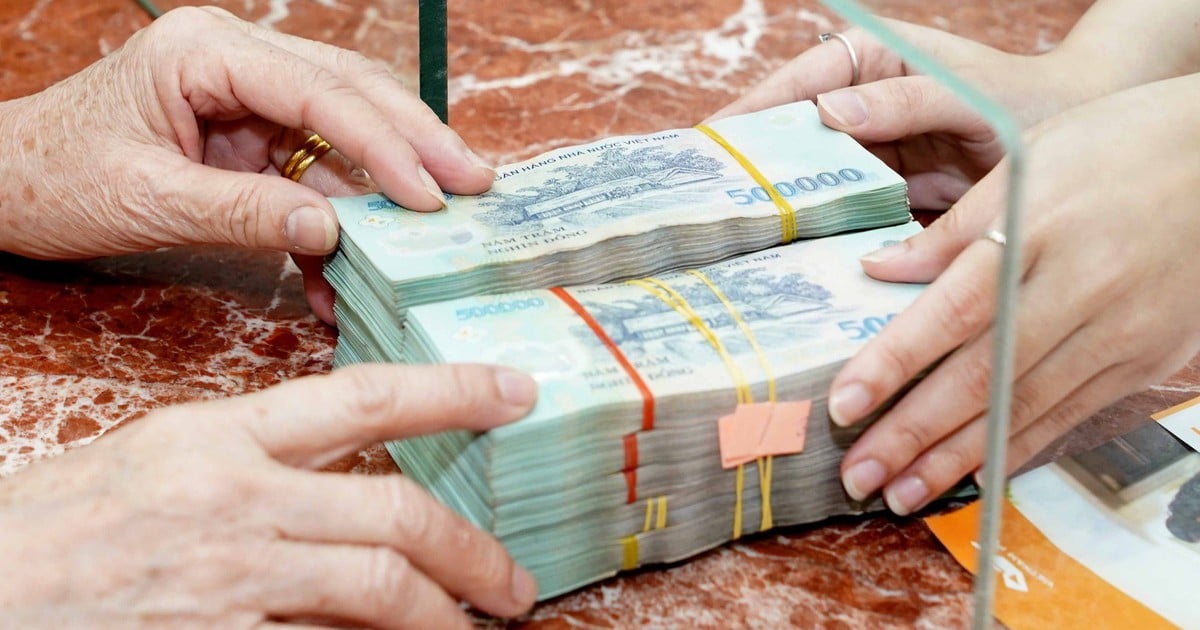

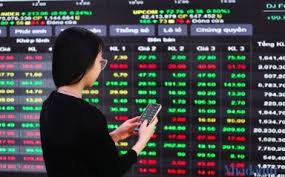




















Comment (0)